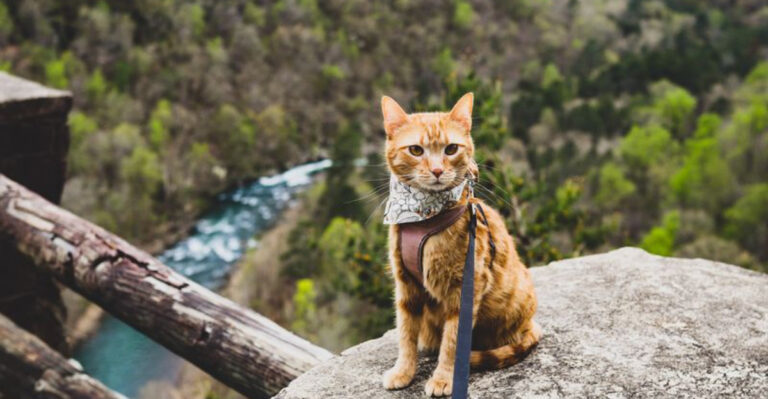11 States Across The U.S. Where Bobcats Roam And Safety Tips For Encounters
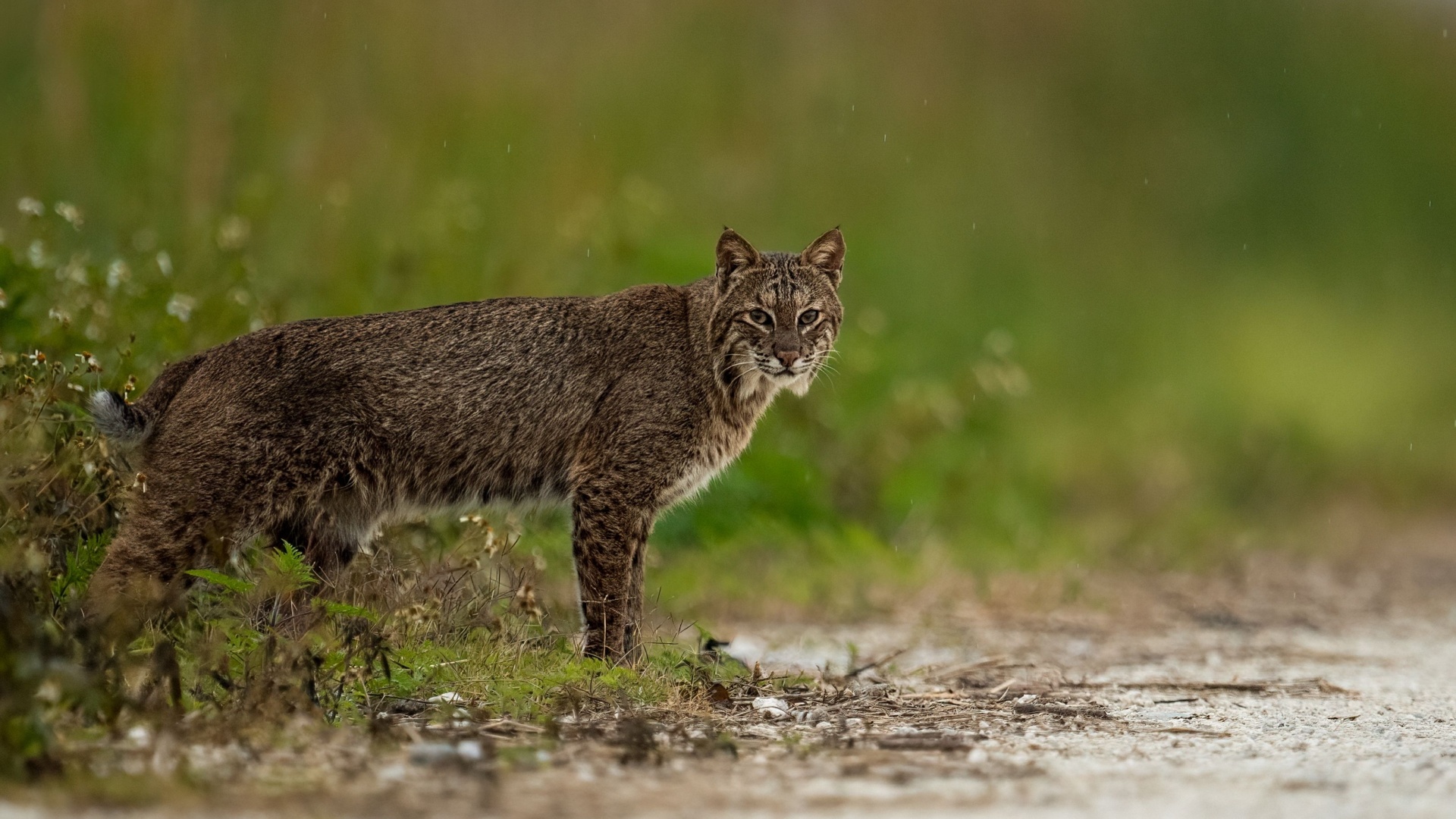
Bobcats are elusive and adaptable wild cats found throughout many parts of the United States. These stealthy predators prefer wooded areas, deserts, and brushlands, and their presence spans across numerous states.
While bobcats typically avoid humans, encounters can happen, especially in rural or suburban areas. Knowing where bobcats roam and understanding how to stay safe during an encounter is important for both residents and outdoor enthusiasts.
This guide highlights 11 U.S. states with significant bobcat populations and offers practical safety tips to help you coexist peacefully with these fascinating creatures.
1. California
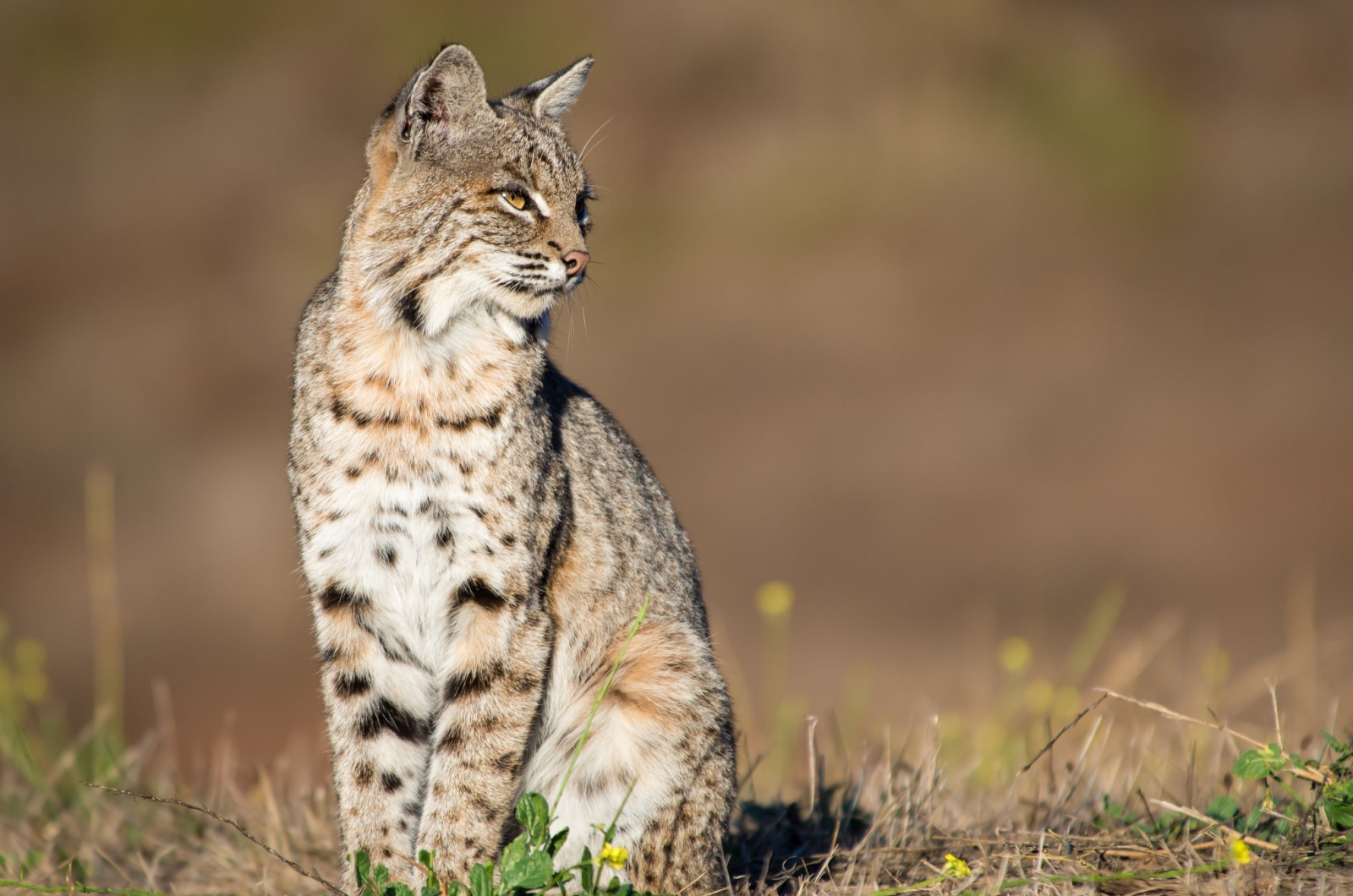
California’s vast and varied landscapes provide the perfect environment for bobcats. From the mountainous terrain of the Sierra Nevada to the deserts of Southern California, bobcats thrive here.
They can be found in forested areas, grasslands, and even near urban sprawl. The golden state’s mix of habitats offers bobcats plenty of prey, including rabbits, rodents, and even small deer.
If you’re exploring California’s wilderness, it’s important to keep your distance if you spot a bobcat. Though attacks are extremely rare, bobcats may become defensive if they feel threatened, especially if they are protecting their young or food.
To stay safe, always keep a safe distance from wildlife, and avoid leaving food or trash outdoors, as this can attract bobcats and other animals.
2. Texas
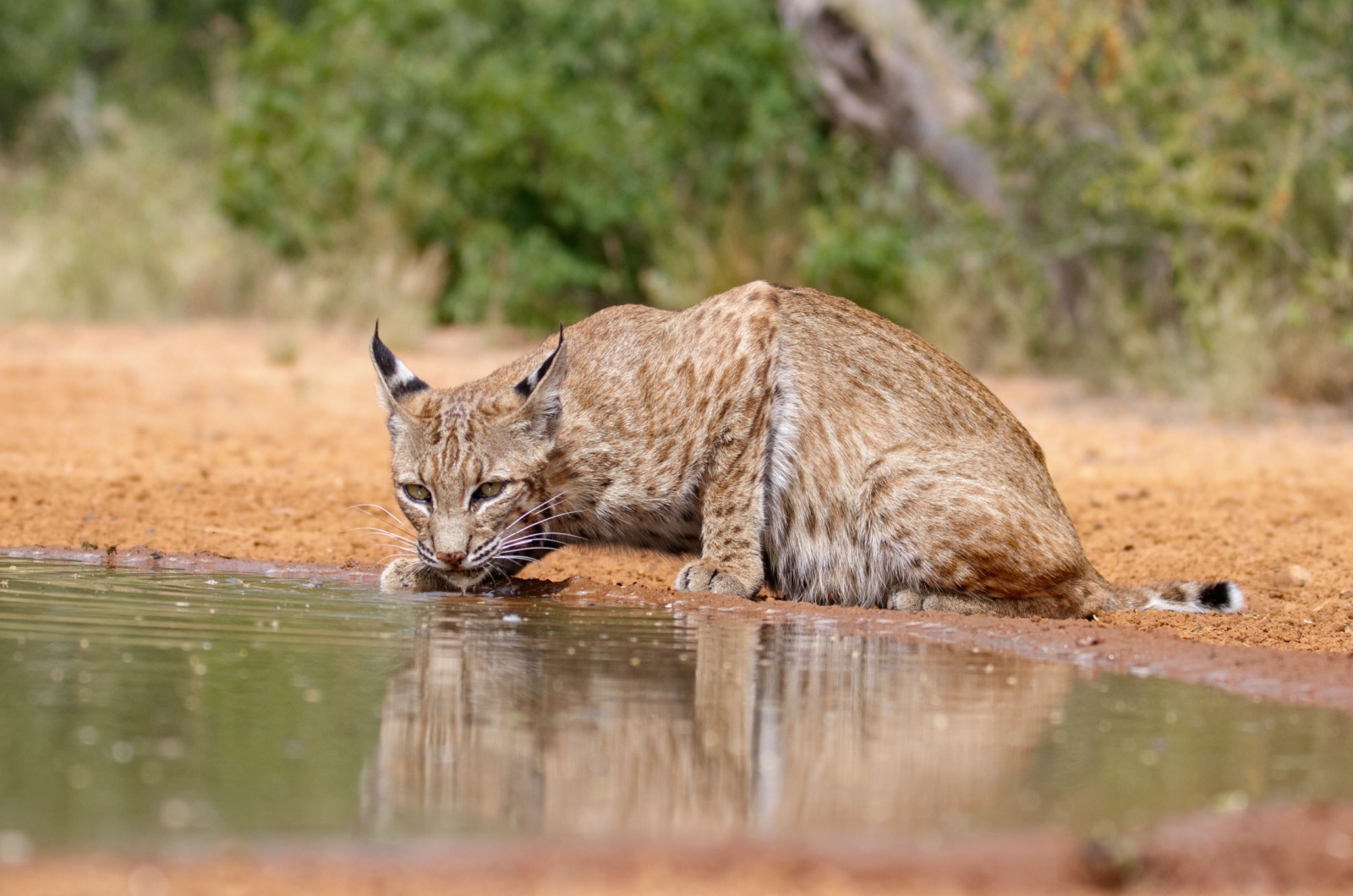
This state is home to a large population of bobcats, particularly in its rural and wooded regions. The state’s diverse environment, ranging from grasslands to dense forests, offers plenty of cover and prey for these stealthy predators.
Bobcats in Texas are typically nocturnal and are often more active at dawn and dusk, which increases the chances of encountering them in areas where human populations are close to wildlife habitats.
If you live in an area where bobcats are common, make sure to secure small pets and livestock, especially at night, and install high fences to prevent them from wandering into your yard.
3. Florida
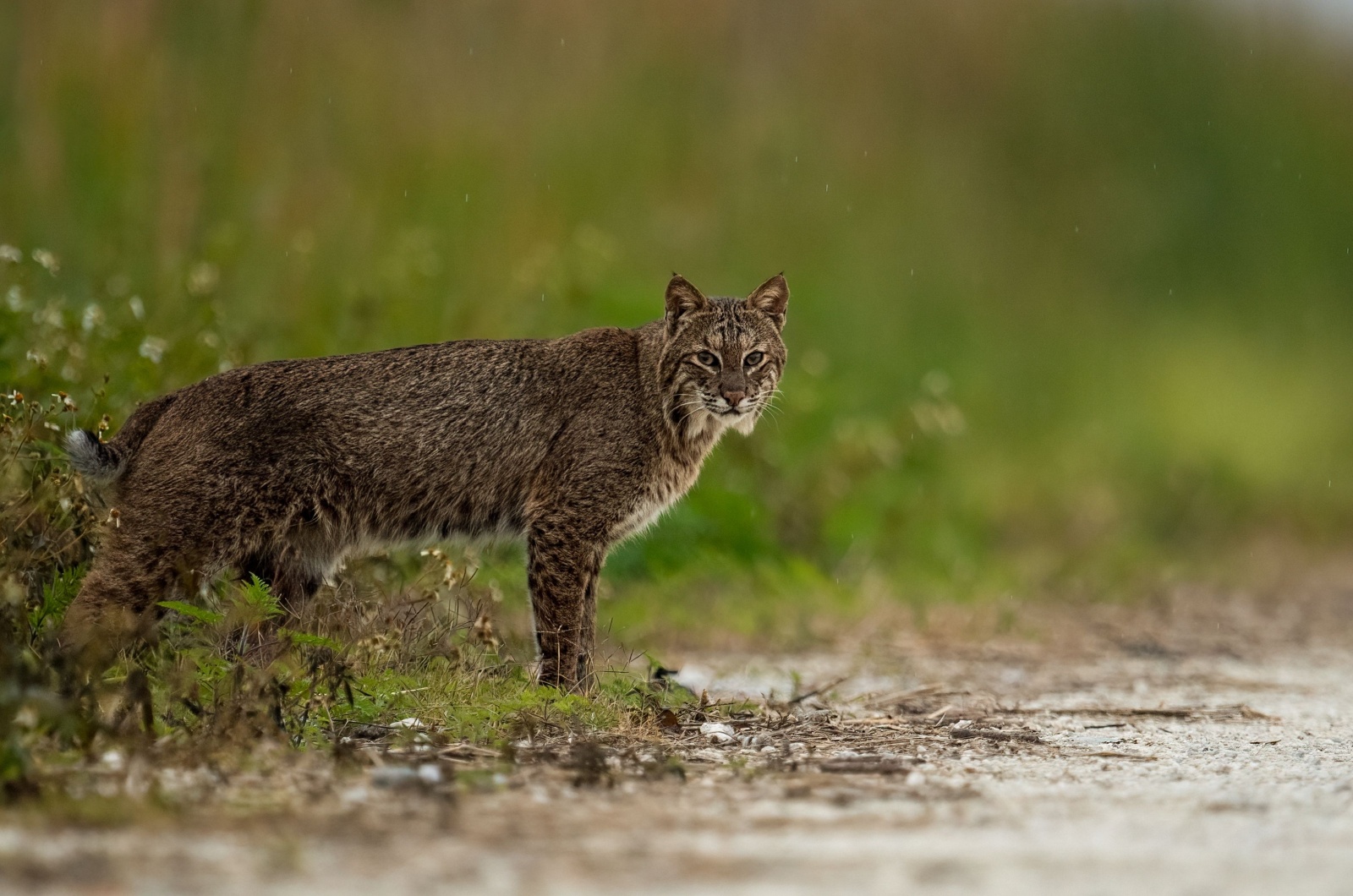
Florida is another state where bobcats thrive, especially in the state’s vast forests and wetlands. They are commonly found in areas like the Everglades and the rural regions of North Florida.
These wildcats are well adapted to Florida’s subtropical climate, where they hunt small mammals, birds, and reptiles.
Bobcats in Florida are often more active at night, making them less likely to be seen by people, but they can sometimes wander into suburban neighborhoods in search of food.
4. Arizona
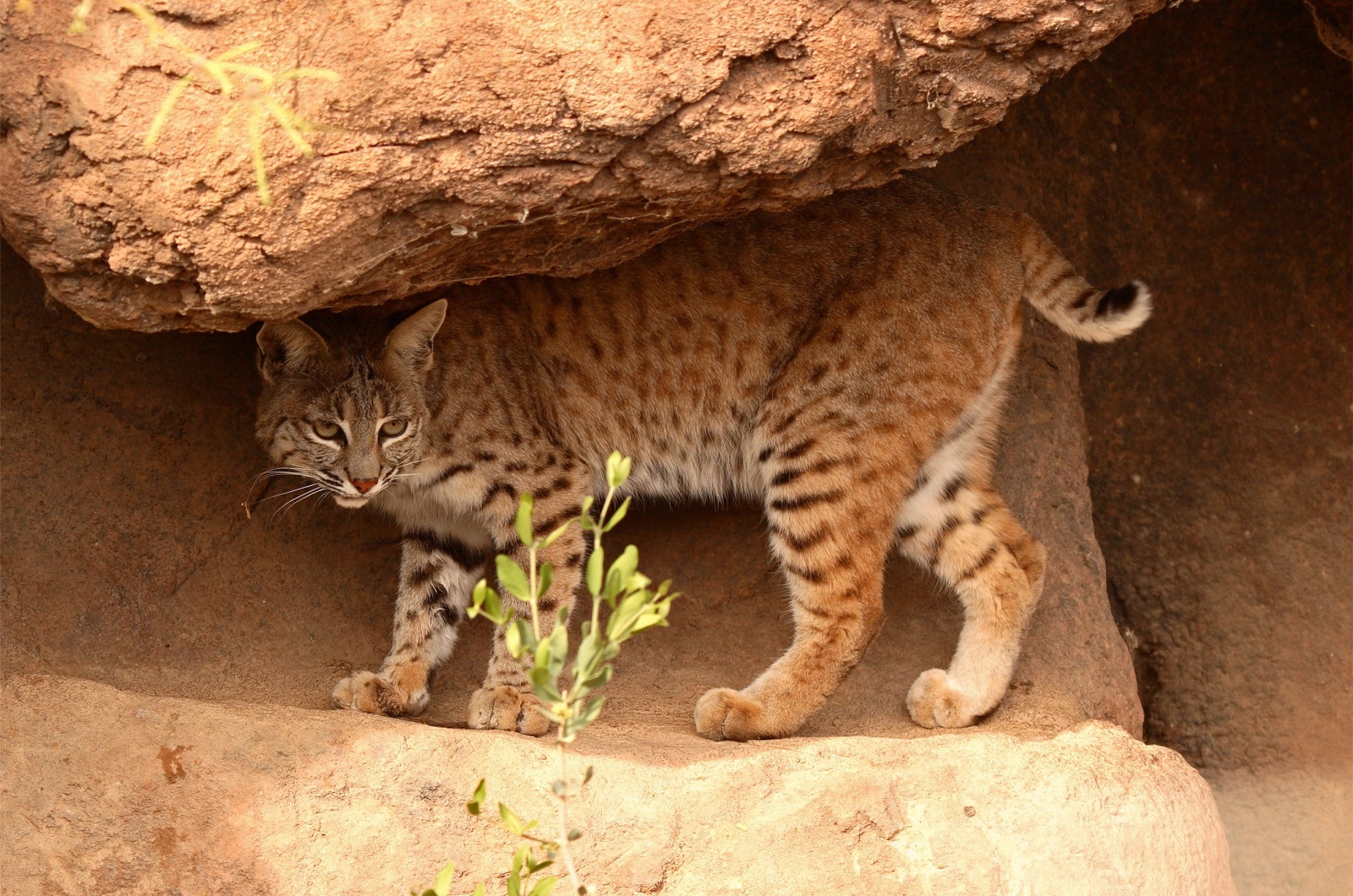
In Arizona, bobcats roam the deserts, mountains, and forests, where they are well adapted to the harsh conditions. The state’s rugged terrain offers plenty of hiding spots and prey, including desert rodents, birds, and cottontail rabbits.
Bobcats here are usually solitary, but they are excellent hunters and can be quite territorial, especially during mating season. Arizona’s bobcats tend to be more active during twilight and early morning hours when it’s cooler.
5. Michigan
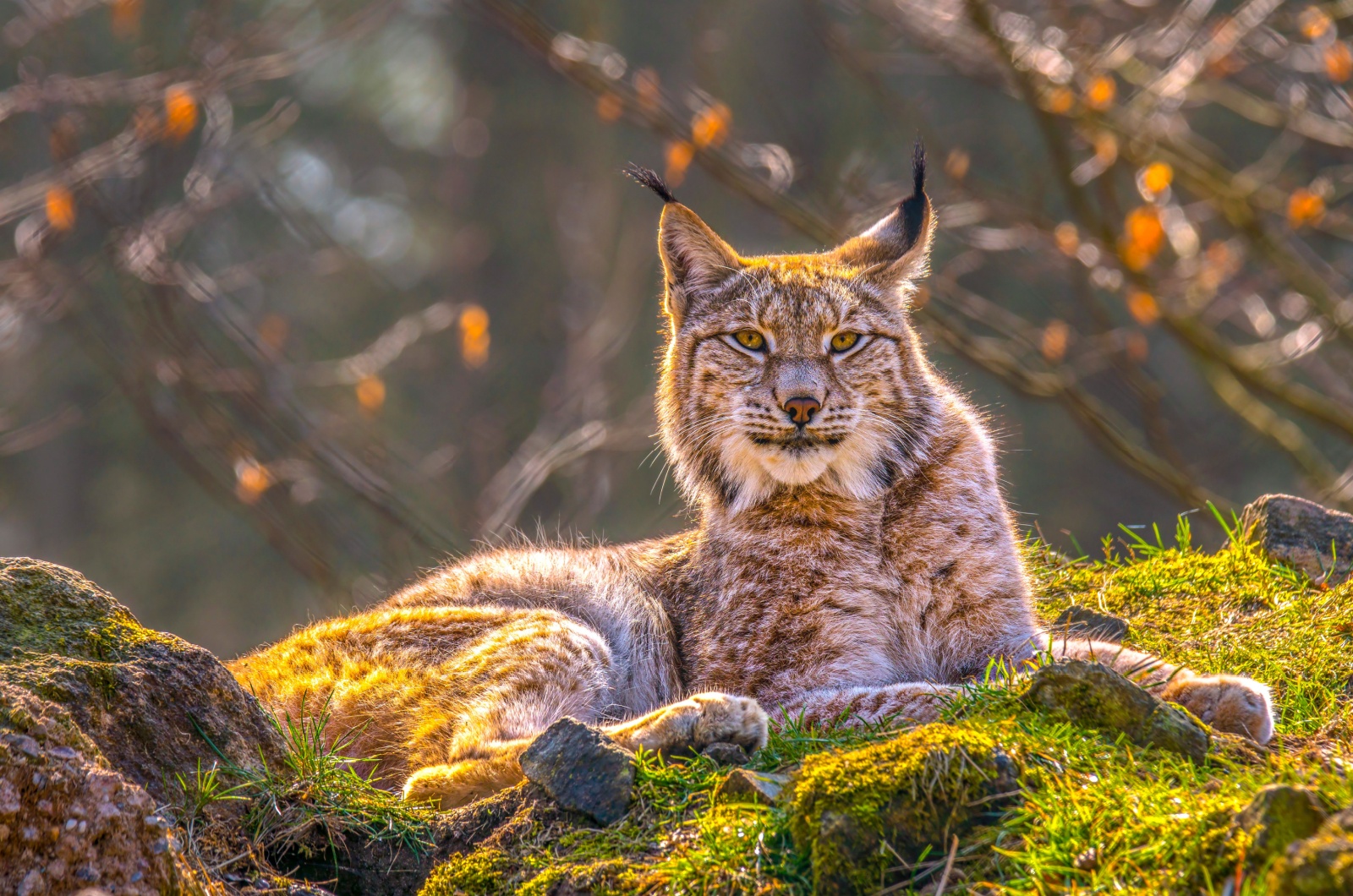
The Upper Peninsula is home to a healthy population of bobcats. These wildcats thrive in the state’s dense woodlands, where they hunt for rabbits, squirrels, and other small mammals.
Michigan’s bobcats are known to be elusive and stealthy, often leaving behind only faint tracks in the snow during the winter months.
Though they typically shy away from human activity, bobcats may exhibit aggression if surprised or if they feel threatened, particularly when cornered or when protecting their young.
It’s important to stay alert while hiking or camping, especially in areas known to be frequented by bobcats. If you encounter one, give it space and slowly back away.
6. New Mexico
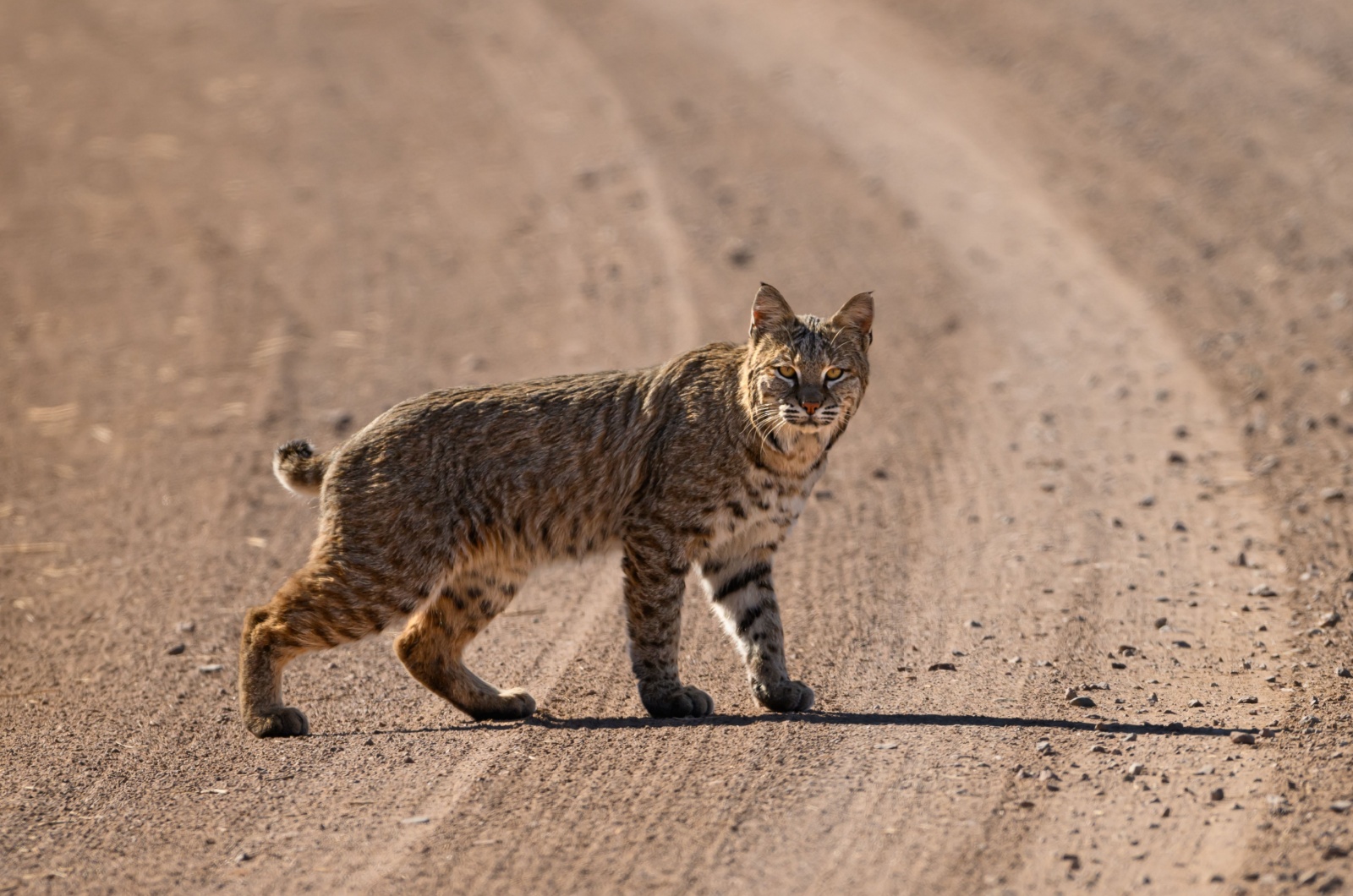
Credit: Shutterstock
The arid landscapes and desert foothills of New Mexico are home to a thriving population of bobcats. These wildcats are well-adapted to the state’s dry climate, often seeking shelter in rocky outcrops and hunting small mammals like jackrabbits and rodents.
New Mexico’s bobcats are highly elusive, preferring to remain hidden during the day and becoming more active at dusk and dawn. Their ability to blend into the desert surroundings makes them challenging to spot, even in areas where they are common.
Though they generally avoid humans, bobcats may act defensively if surprised or threatened. If you come across one, give it plenty of space and allow it to retreat.
7. Montana
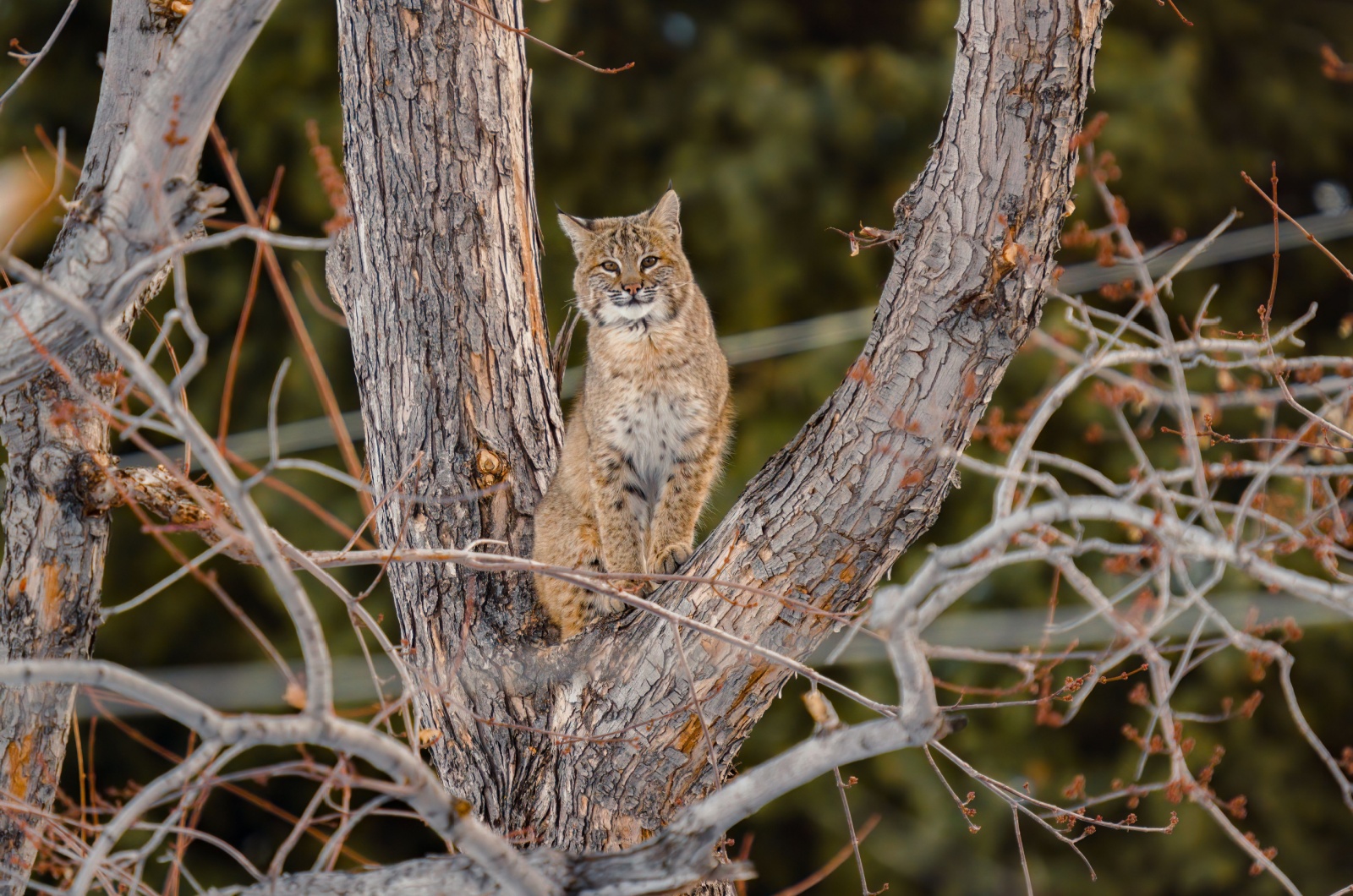
Credit: Shutterstock
Montana’s rugged wilderness provides an ideal habitat for bobcats, which thrive in the state’s dense forests and rocky terrain. These adaptable predators hunt rabbits, rodents, and birds, using their stealth and agility to stalk their prey.
Montana’s bobcats are known for their elusive nature, often spotted only through tracks in the snow or fleeting glimpses in the underbrush. They tend to avoid human activity but are occasionally seen near rural areas, particularly during harsh winters when food becomes scarce.
If encountered, bobcats are unlikely to attack unless cornered or protecting their young. Always maintain a safe distance and back away slowly to avoid startling them.
8. Minnesota
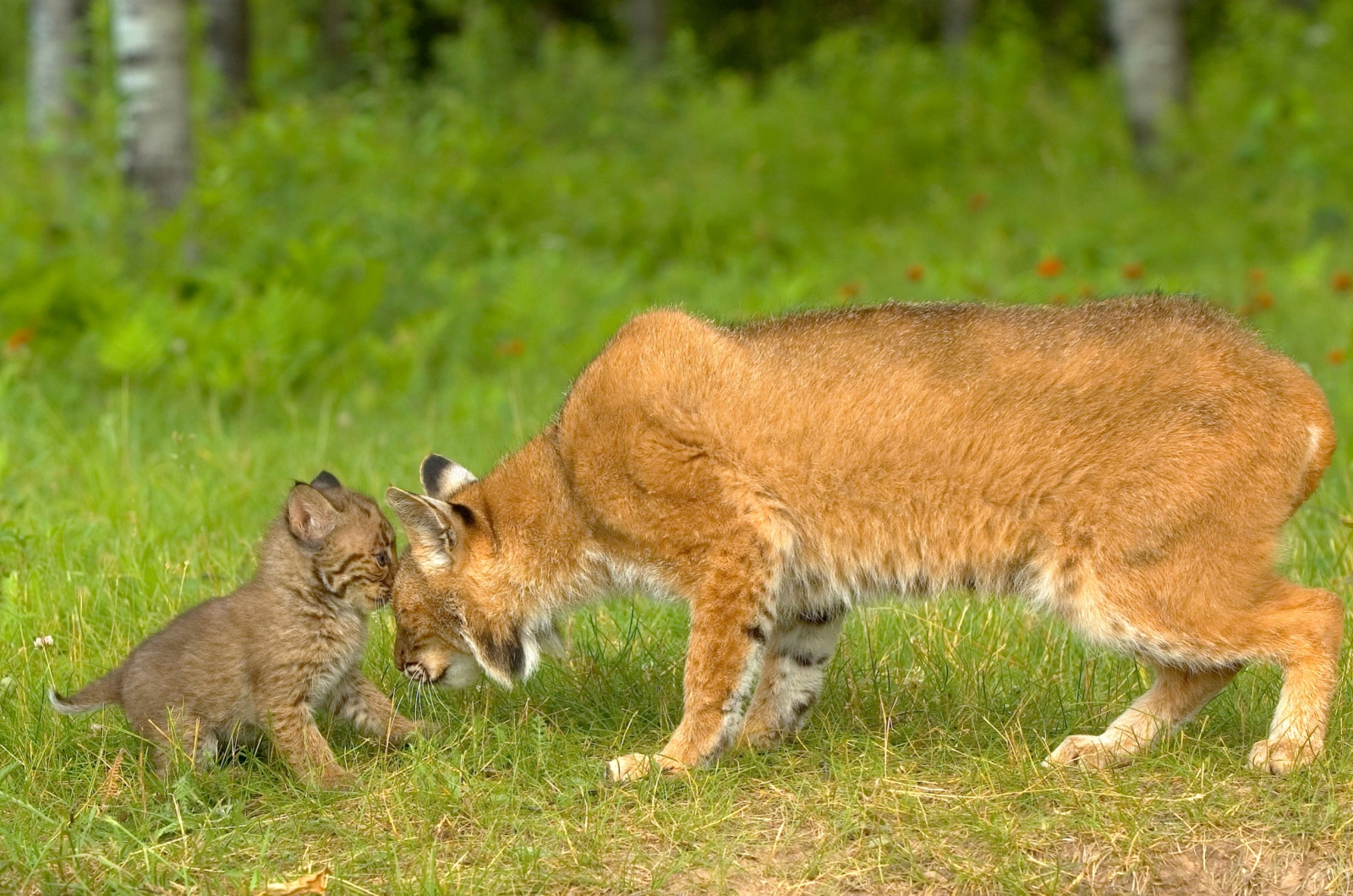
Credit: Shutterstock
Bobcats are the most common wild feline in Minnesota, with an estimated population of around 2,000 individuals primarily inhabiting the northern regions of the state.
These adaptable predators favor dense forests and areas with abundant cover, making sightings rare as they tend to avoid human interaction.
To stay safe around bobcats, it’s important to secure pets and livestock, especially during dawn and dusk when bobcats are most active. Removing food attractants, such as pet food or unsecured garbage, can also help prevent attracting them to residential areas.
If you encounter a bobcat, remain calm, make loud noises, and try to appear larger to scare it away; do not run or turn your back, but instead back away slowly while facing the animal. By following these guidelines, you can coexist safely with Minnesota’s bobcat population.
9. Colorado
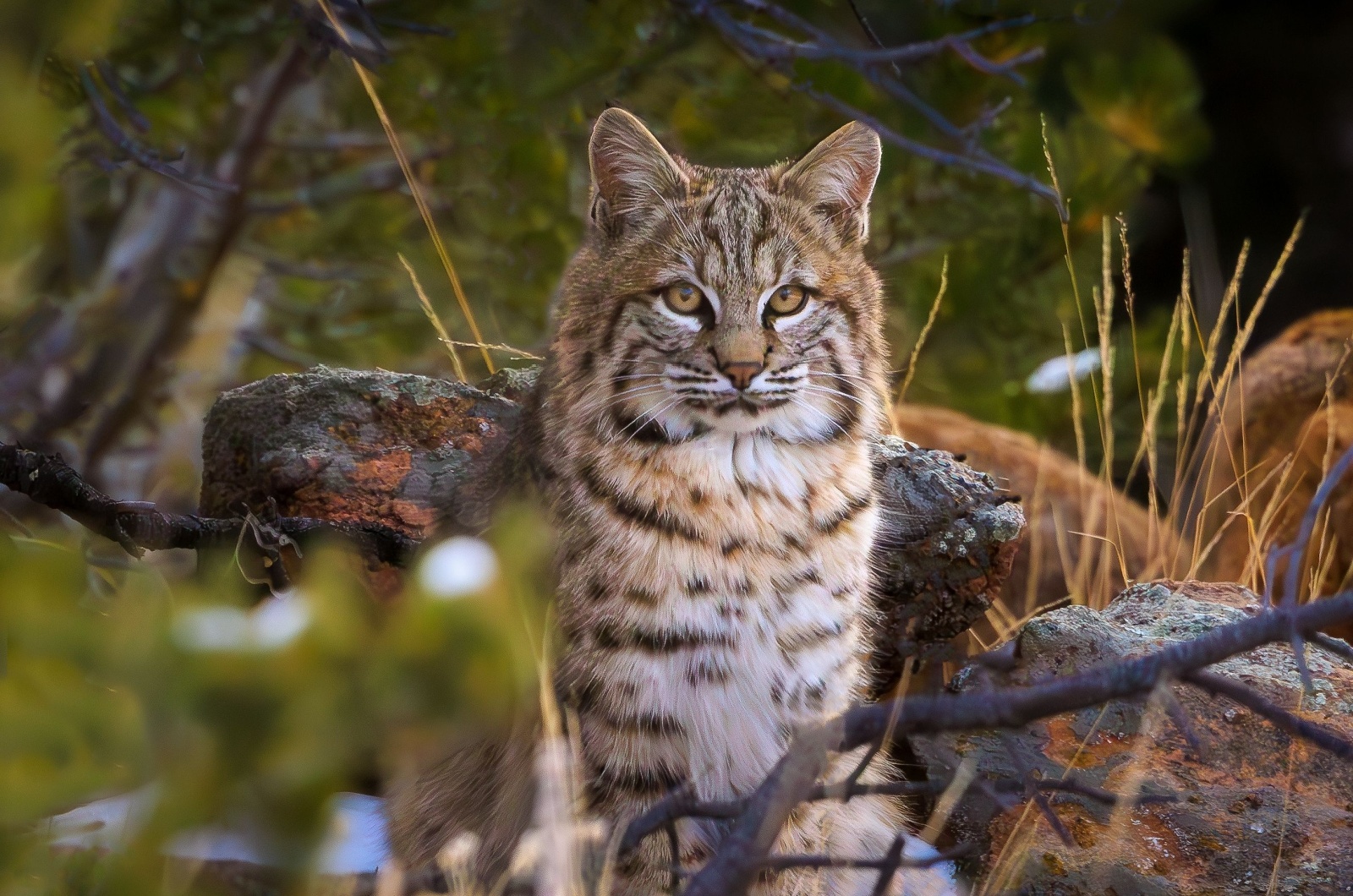
Credit: Shutterstock
In Colorado, bobcats are widespread, with an estimated population of approximately 12,000 individuals. They thrive in the state’s diverse habitats, including mountains, foothills, and canyons, where they hunt small to medium-sized prey such as rabbits, rodents, and birds.
Bobcats are generally elusive and avoid human contact; however, as urban areas expand into their natural habitats, encounters may become more frequent. To minimize the risk of conflicts, it’s advisable to keep pets indoors or supervise them closely when outside, especially during twilight hours.
Ensuring that your yard is free from potential food sources and maintaining a tidy environment can deter bobcats from approaching residential areas.
If you do encounter a bobcat, making loud noises and appearing larger can help scare it away. By taking these precautions, residents can coexist peacefully with the bobcat population in Colorado.
10. Oregon
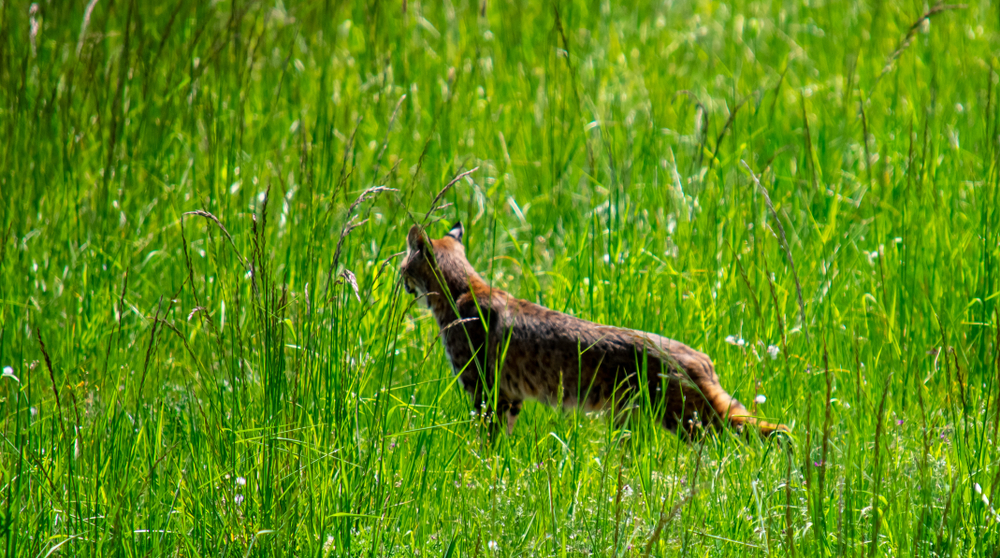
Shutterstock
Oregon’s forests and brushlands are home to thriving bobcat populations. These cats tend to be wary of humans but can sometimes be seen near suburban areas.
If you encounter a bobcat, stand tall, make noise, and slowly back away to show dominance and give the animal space. Avoid running, which may trigger a chase instinct. Keep small pets indoors or on leashes, especially during dawn and dusk, and secure food sources to reduce attractants.
11. Virginia
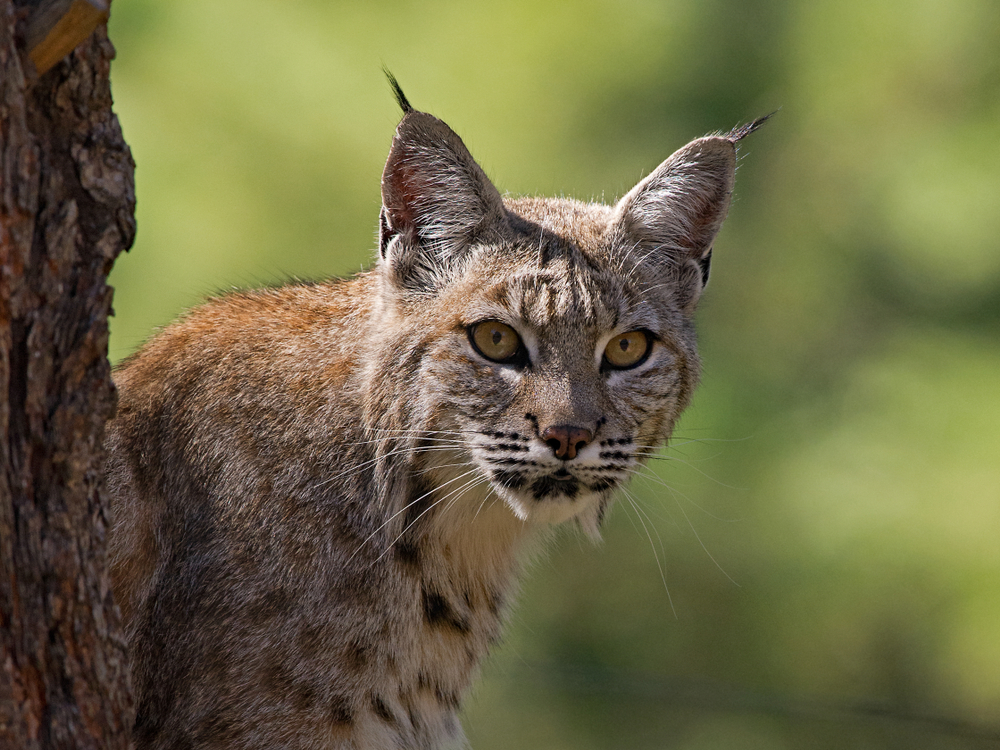
Shutterstock
Virginia’s varied terrain, from forests to rural farmlands, supports healthy bobcat populations. While bobcats typically avoid people, they may venture near homes at night.
If you come across one, remain calm and assertive by making yourself appear larger and backing away slowly. Avoid turning your back or running. Keep pets indoors or supervised after dark, and remove outdoor food or garbage that might attract bobcats to residential areas.

